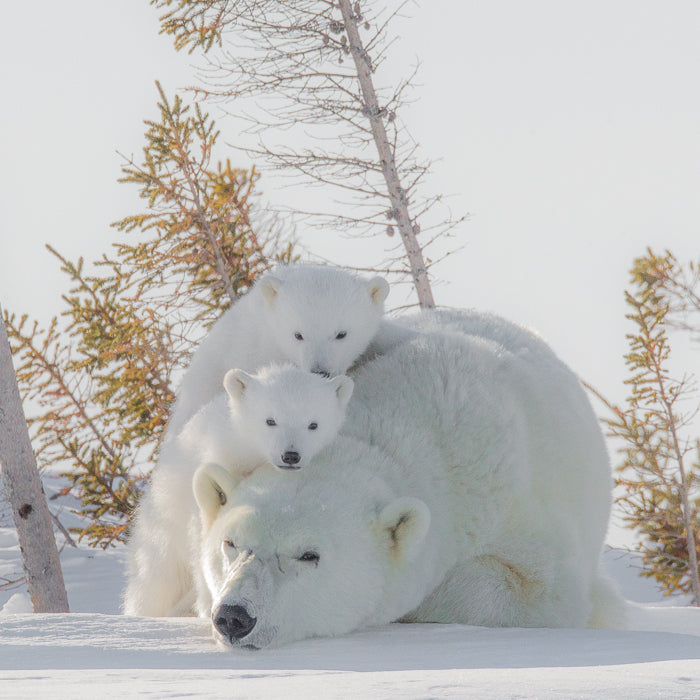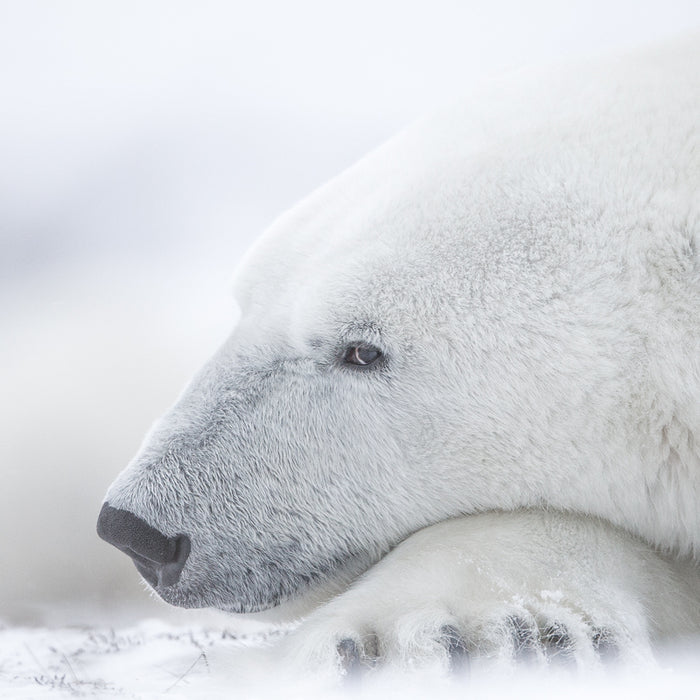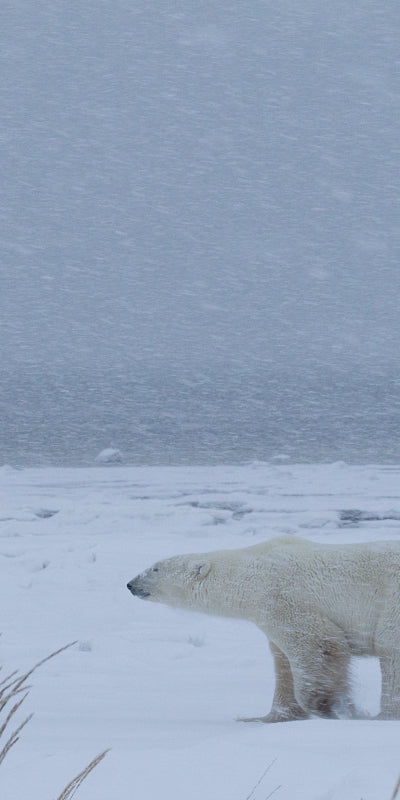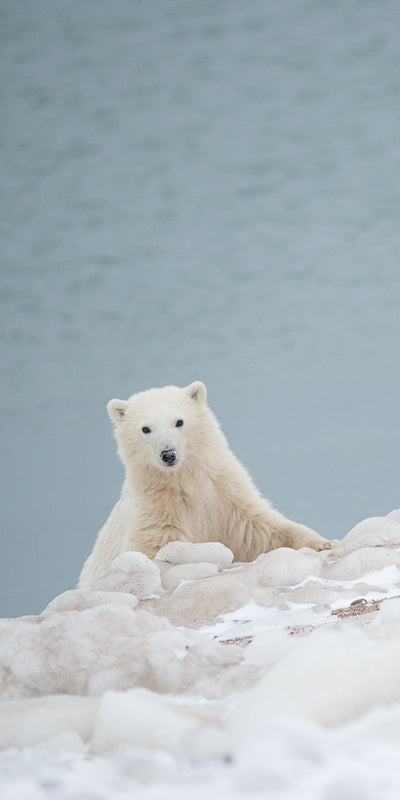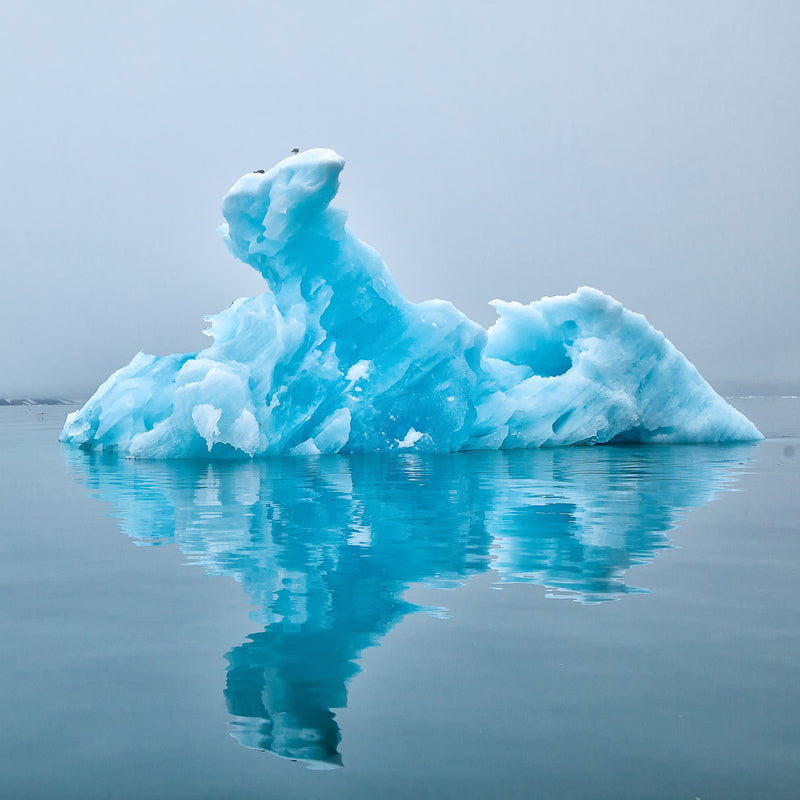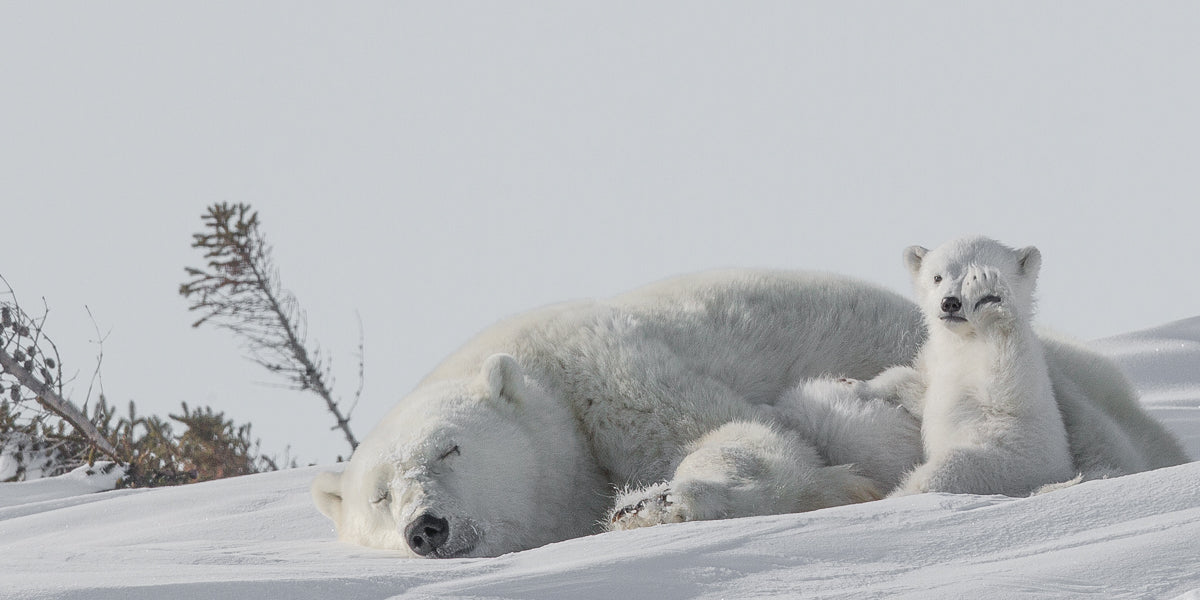

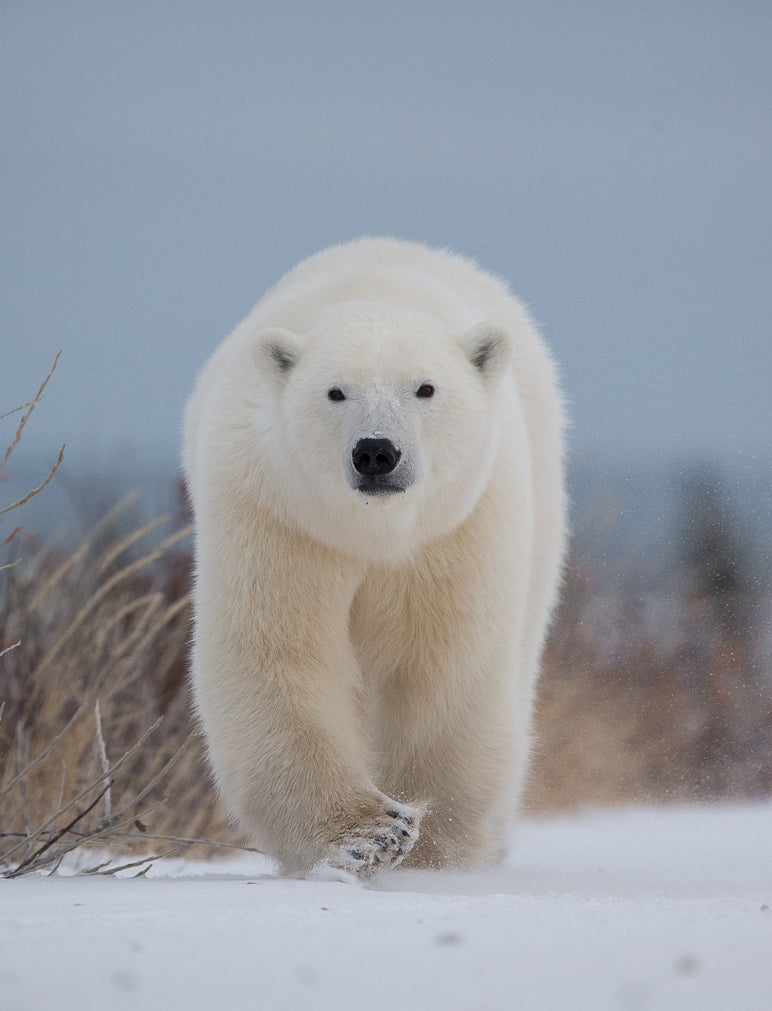
POPULATION
22,000-31,000
COMMON NAME
Polar Bear
SCIENTIFIC NAME
Ursus maritimus
WEIGHT
350–650 kg (males)
150-300 kg (females)
LENGTH
180-270 cm
HABITATS
Arctic Ocean, sea ice, and adjacent coastal areas
HOME OF THE POLAR BEAR
Greenland, Norway, Canada, Alaska
since 1991
Nordisk logo
The polar bear is the quintessential symbol of the Artic. Majestic, confident in its inhospitable habitat and feared by other animals but also by man, it is at the top of the food chain.
Polar bears live in one of the planet's coldest environments and depend on a thick coat of insulated fur, which covers a warming layer of fat. Fur even grows on the bottom of their paws, which protects against cold surfaces and provides a good grip on ice. The bear's stark white coat provides camouflage in surrounding snow and ice.
The polar bear represents our Nordic heritage. It’s the king of the North, roaring in Greenland (kingdom of Denmark), feared by all and thrives in the planet's coldest environments.
The polar bear have been part of our logo since 1991.
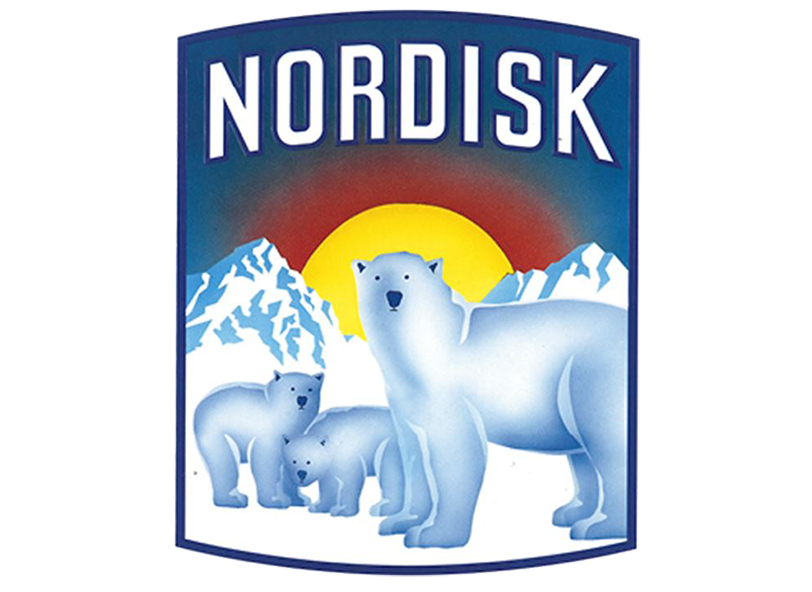
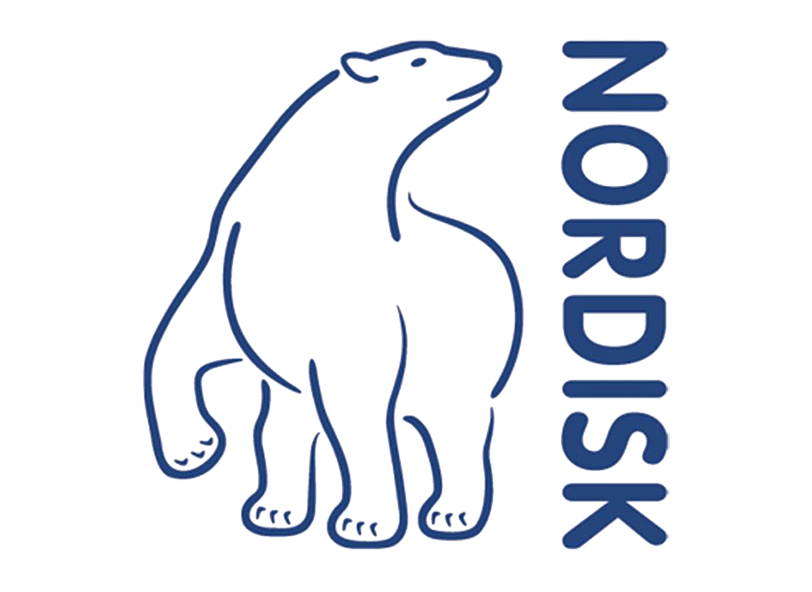
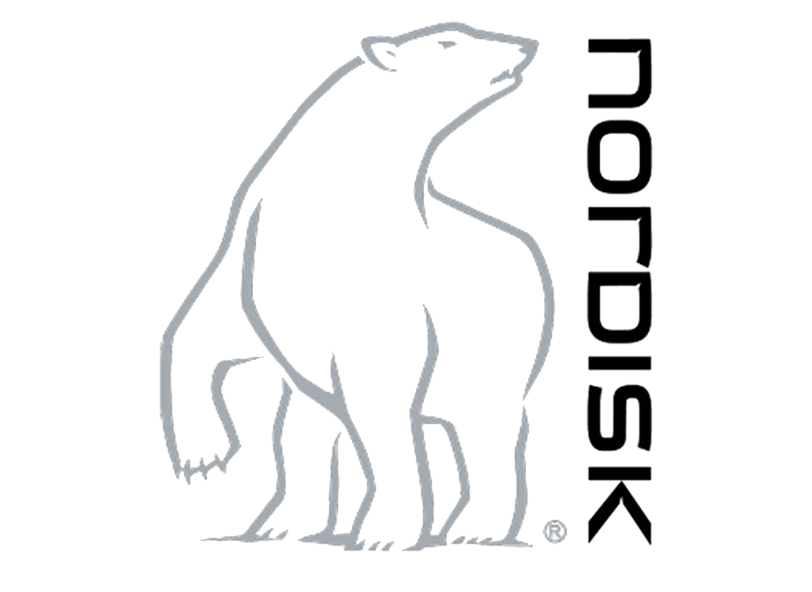
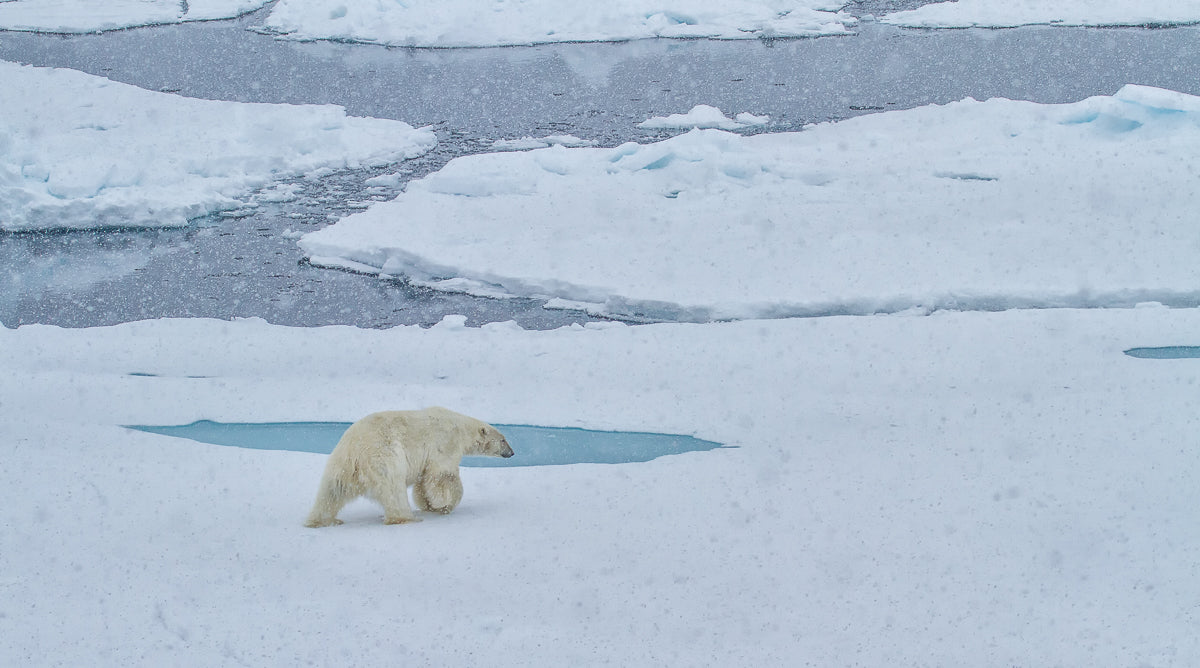
International polar bear day
February 27th
Raises awareness on the issues facing polar bears. International Polar Bear Day is an important opportunity for us to remind ourselves what is at stake here, preserving the future of these magnificent mammals.
Get to know
polar bear
Svalbard, norway
by Marco Urso
